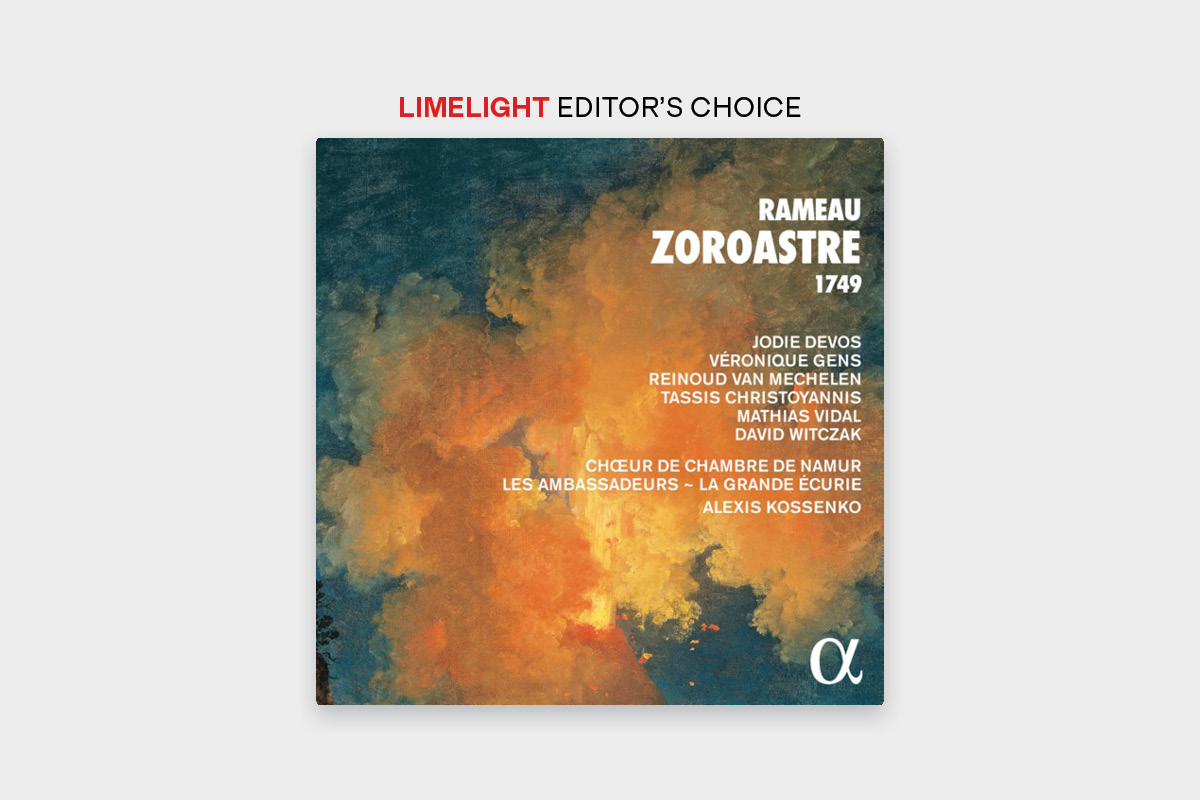Premiered at the Paris Opera in 1749 to a rather lukewarm reception, Rameau’s Zoroastre has largely been heard in its radically revised 1756 version in the years since. So drastic were the changes that the result came close to being a completely different opera. Returning to the original tragédie en musique is therefore something of an education, Alexis Kossenko and Les Ambassadeurs – La Grande Écurie proving worthy teachers.

Composed by a 66-year-old Rameau, and capturing the composer at his prime, Zoroastre is perhaps most innovative in doing away with the then-traditional prologue for a programmatic overture, and its choice of Persian religious subject matter over the more typical classical mythology.
Steeped in Masonic themes and symbolism, and something of a spiritual companion piece to Mozart’s Magic Flute, the opera concerns itself with the character Zoroastre, who is the representative of the god of light, Orosmade, and the sorcerer Abramane, who serves as the high priest of the spirit of darkness, Arimane. Zoroastre and Amélite are in love, but...










Comments
Log in to join the conversation.